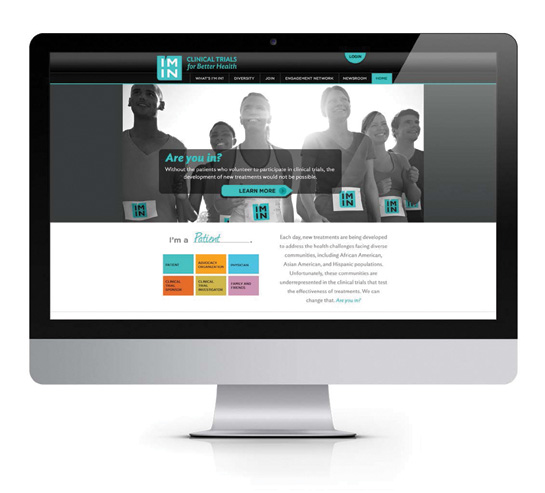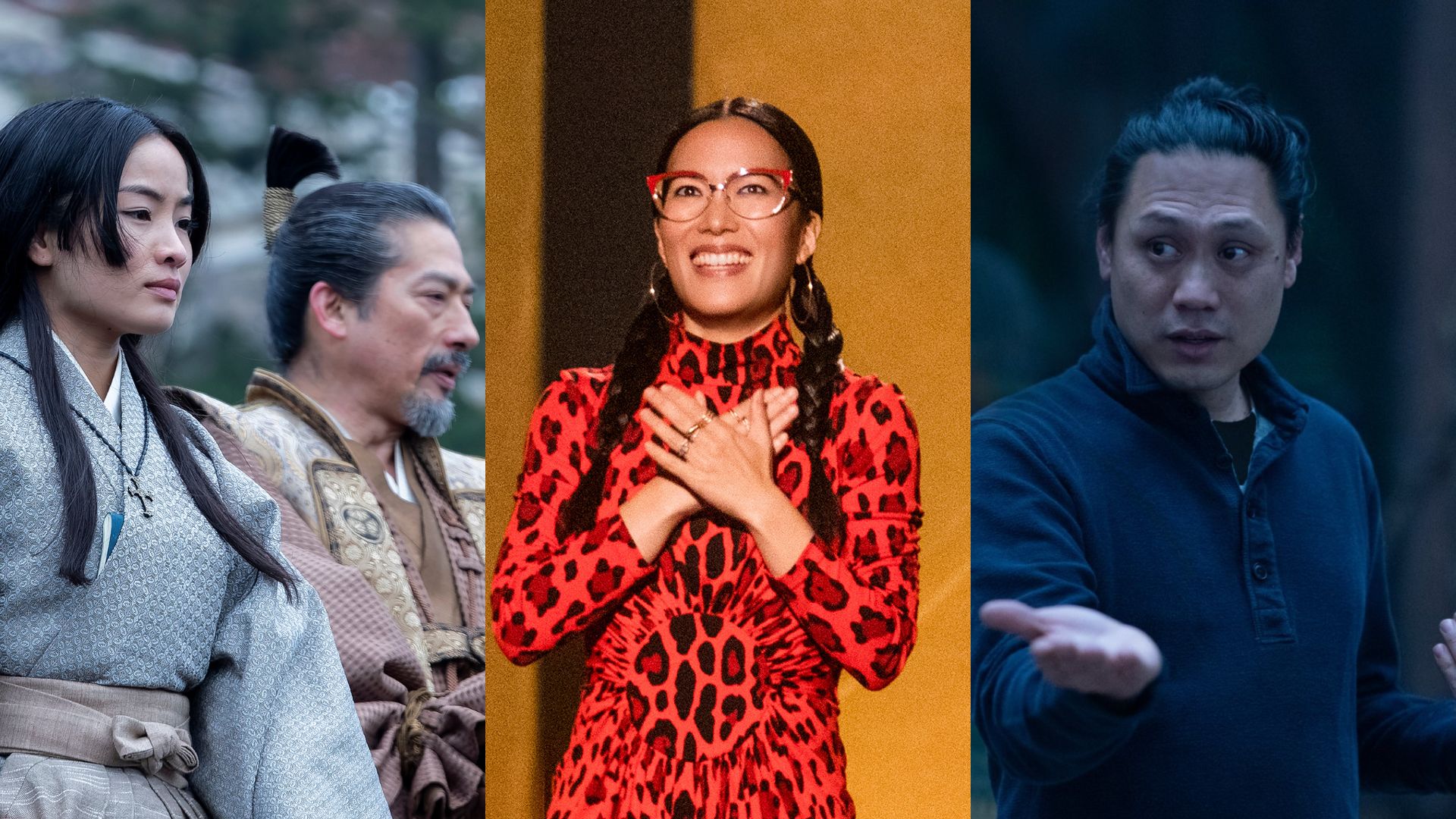The website for the Clinical Trial Engagement Network, which will allow patients to connect with physicians and clinical investigators.
Diversifying Clinical Trials
A new national campaign aims to include more Asian Americans in medical research.
by JAMES S. KIM
Clinical trials have long been the method for medical researchers to test potential treatments for any and all diseases, from life threatening ones like diabetes and severe depression to the common cold. But while the U.S. population has become significantly more diverse over its history, clinical trials have largely not followed suit, and that discrepancy poses several problems for both patients and researchers.
Caucasians make up the vast majority of clinical trial participants, and as a result, there is a lack of understanding of how a medication might affect certain minority groups. It’s not the most encouraging news for the 1 in 10 Asian Americans who are affected by type 2 diabetes, as well as another 10 percent who are infected with Hepatitis B and make up nearly half the overall affected individuals in the U.S., according to the Asian Health Coalition. In addition, suicide is one of the top three causes of death for Asian American women ages 15-45, but they represent only 2 percent of participants inclinical trials for major depressive disorder, according to the FDA.
[ad#336]
Few Asian Americans, and minorities in general, know about the full potential of proper clinical trials, or even what clinical trials are.
“They don’t have a good understanding of how clinical trials are regulated, what it truly means to participate in a clinical trial,” said Dr. Salvatore Alesci, Vice President of Scientific and Regulatory Affairs at the Pharmaceutical Research and Manufacturers of America (PhRMA). “I think an important element is understanding that participating in a clinical trial doesn’t just help the person who participates, but also the overall health of the community in terms of advancing knowledge.”
The “I’m In” campaign, just announced last month, is the first large scale national effort to increase minority participation in clinical trials. The initiative is led by PhRMA, which represents biopharmaceutical and biotechnology research companies, and the National Minority Quality Forum, a nonprofit that focuses on improving health care for minority populations.
As part of the campaign, an online resource, called the Clinical Trial Engagement Network, has been created that will allow patients to connect with physicians and clinical trial investigators. In addition topatients, physicians, researchers and even academic institutions will have access to the data, which breaks down different population groups by zip code and the diseases prevalent in different areas. The network also identifies potential trial participants and even pinpoints the areas that need outreach, especially minority populations.
[ad#336]
“We are creating a portal to allow for education and communication across the country, including within our own Asian physicians to talk about issues, to raise concerns and to educate each other with information available,” said Dr. Ho Tran, president and CEO of the National Council of Asian Pacific Islander Physicians (NCAPIP).
When it comes specifically to Asian Americans and a discussion of clinical trials, Tran said there are cultural issues, as well as language barriers—even, the connotations of the term itself.
“They don’t want to be ‘tried,’ because trials require being tried,” she explained. “In most Asian cultures, you’re sick, you get help, you get treated with a medication. The stigma could be attached to, this is not the real stuff yet.
“But the importance for us is that we have a very deep respect for authority, especially for medicalproviders. If the information could be provided for [patients], [and they are being] encouraged by medicalproviders, I don’t see it as a problem for them to participate and agree to trials.”
[ad#336]
Alesci agreed, pointing to a 2013 Research! America poll that showed a significant percentage of minority populations supported clinical trials to improve the health of others, especially when informed by their physician. Only 20 percent of the same participants, however, said that they or a family member had participated in a trial.
Many physicians, too, are not aware of clinical trials themselves, and that is largely due to a lack of clinical trial investigators—the individuals who oversee trials and ensure they are conducted according to regulations and agreements.
“The relationship between the patient, physician and investigator is an important one when it comes to making decisions about clinical trials,” Alesci said. “By not having a good number of investigators coming from these [underrepresented] communities, it makes things more challenging. … I would say having more investigators with a background that is reflective of the underrepresented community will be an important goal.”
Investigators with similar cultural and language backgrounds aren’t always readily available, so physicians will still have an important role in helping raise patient awareness. Alesci understands, though, that most physicians are quite busy, especially in some of the targeted communities.
“One of the goals of building this network is that [physicians] can have the information on clinical trialsin a way that doesn’t interfere with the time they spend in their practice,” he explained. “They can feel comfortable with talking about it with their patient without having to choose between conflicting priorities.”
The “I’m In” campaign emphasizes “connectivity” between underrepresented communities and their physicians and investigators, creating a network of small ecosystems that are beneficial to all parties. To complete this goal, however, requires an entire change of mindset, Alesci said, and that requires being more involved and aware of health issues and the health care system. It’s a spoonful many Korean Americans in particular will have to swallow, as nearly one third of the population doesn’t havehealth insurance.
“Participating in a clinical trial doesn’t just help the person who participates, but also the overall health of the community in terms of advancing knowledge,” Alesci said. “It’s an understanding that clinical trials are really part of clinical care.
“This is not something that any single organization can tackle. This isn’t something that the government or the industry can succeed in by [themselves]. The importance of partnering [is] trying to advance and move the needle together, rather than in isolation and in different directions.
This article was published in the April 2014 issue of KoreAm. Subscribe today! To purchase a single issue copy of the April issue, click the “Buy Now” button below. (U.S. customers only. Expect delivery in 5-7 business days).








